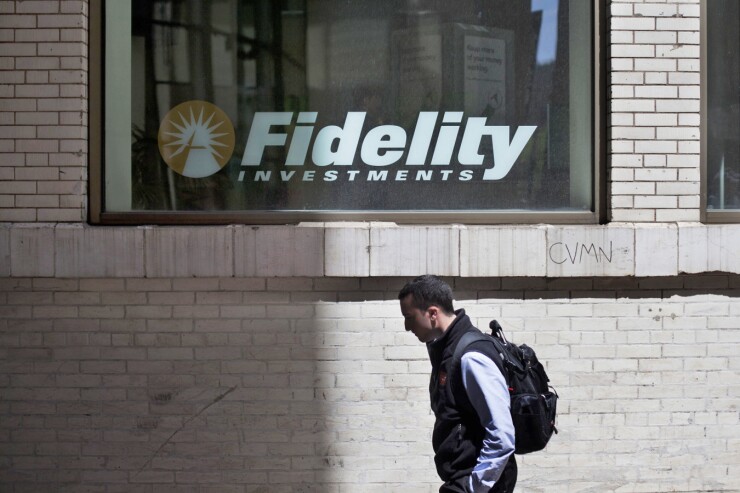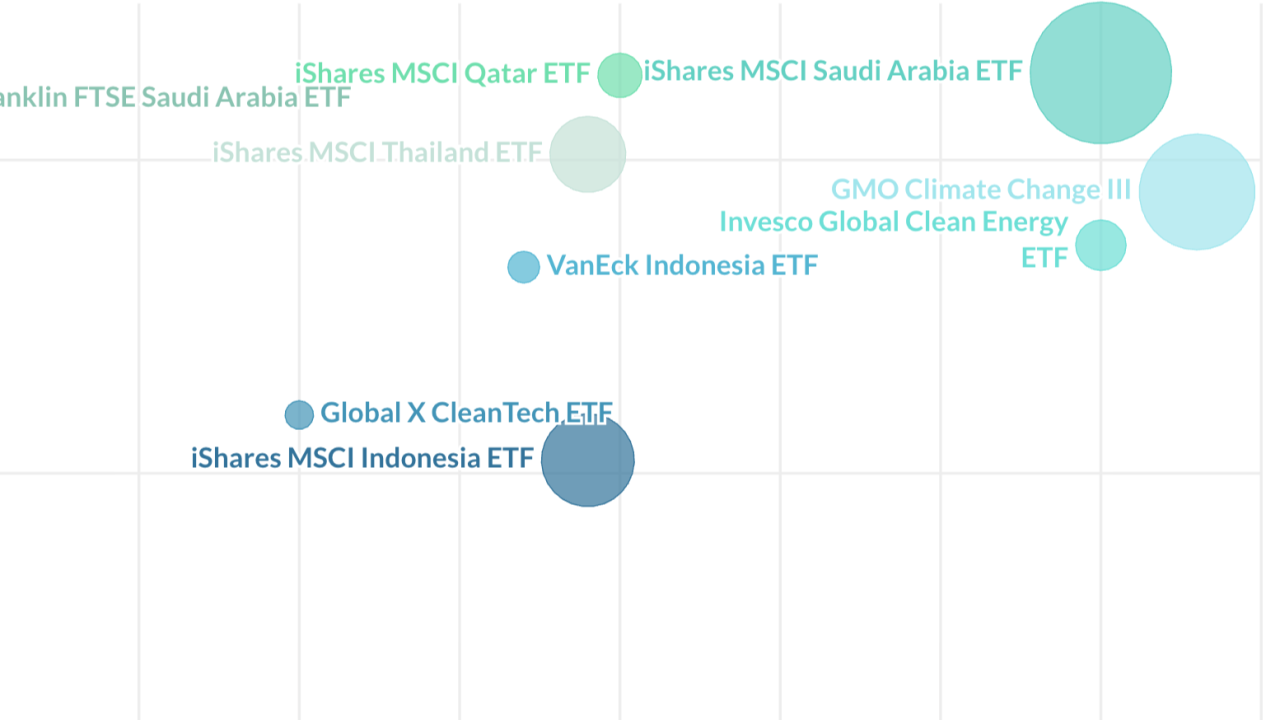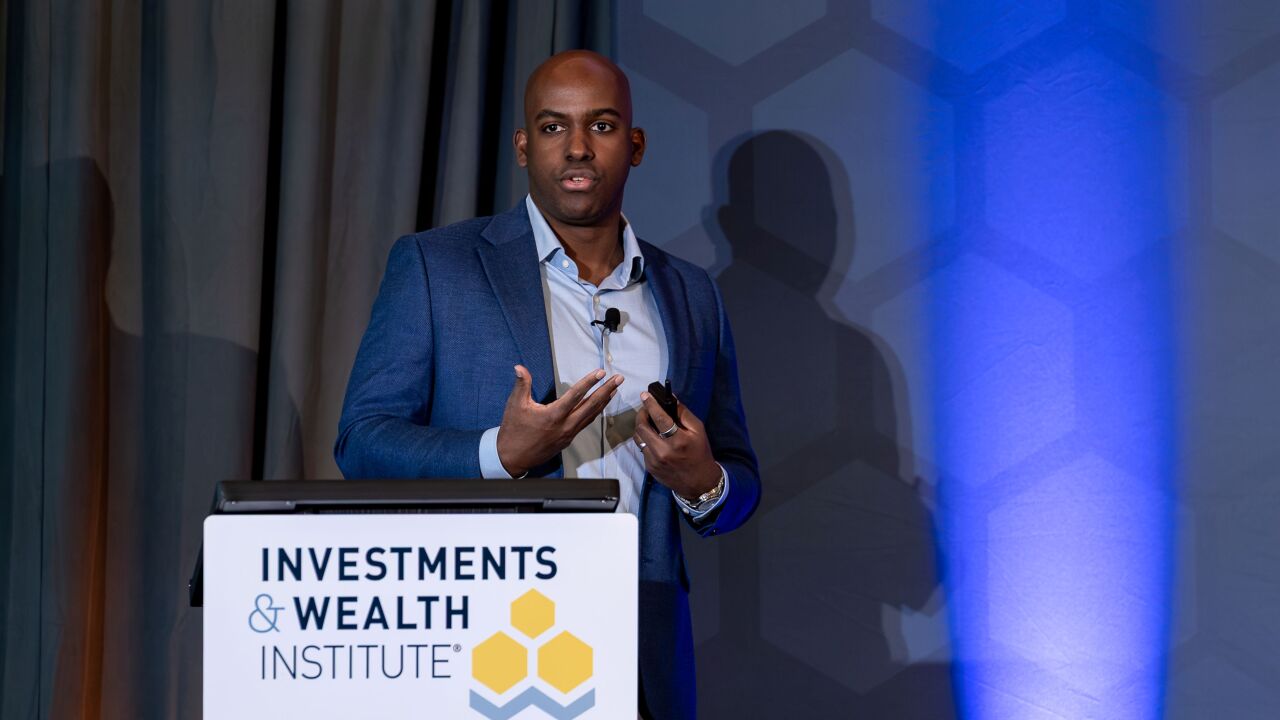Fidelity Investments, which has been cutting prices to compete with low-cost rivals such as Vanguard and Charles Schwab, is trimming fees on the target-date index funds it sells to retirement plans and rolling out new offerings that combine active and passive strategies.
Fees will be reduced to 14 basis points, or 0.14%, from 0.15% for the investor class of the index funds and eight basis points from 0.10% on the institutional premium version, the firm said in filings on Friday.

Fidelity also said its new Freedom Blend Funds incorporate both active and index investing and will be cheaper than traditional active offerings. Previously, the firm’s target-date funds focused on one approach or the other.
-
Morningstar’s annual study reveals how investors are catching up to funds by making better-timed trades.
June 13 -
Passive funds attracting record assets, but Morningstar analyst warns advisors to take a close look.
June 13 -
The No. 1 IBD announced the new NTF offerings and additional flattened prices for its corporate RIA.
April 26
“We are trying to use our scale to provide value to our customers,” said Eric Kaplan, head of Fidelity’s target-date lineup.
They have time on their side, but compounding won’t work if they’re all in cash.
Fidelity, with a history of picking stocks and bonds, has been lowering costs and beefing up its index lineup over the past few years as investors have pulled money from some of its best-known active funds. The Boston-based firm’s biggest stock fund is now the $150 billion Fidelity 500 Index Fund (FUSEX), which tracks the S&P 500. About $385 billion of the company’s $2.5 trillion in assets under management is in passive funds.
Target-date offerings such as the Fidelity Freedom Funds lineup are becoming increasingly popular with those saving for retirement and typically contain a mix of stock and bond funds, an allocation that changes as investors age. The funds’ growth, income and risk profiles are tailored to meet the needs of investors based on how far away they are from retirement. Fidelity Freedom Blend 2030 Fund (FFFEX), for example, is geared toward people planning to retire around 2030, or about 12 years from now.
The target-date market topped $1 trillion last year, according to a May report by Morningstar. Vanguard is the biggest player, followed by Fidelity and T. Rowe Price.
Separately, Fidelity is adding inflation-protected securities and long-term Treasurys to many of its target funds to insulate investors from both inflationary and deflationary scenarios, said Andrew Dierdorf, a portfolio manager on the series.






